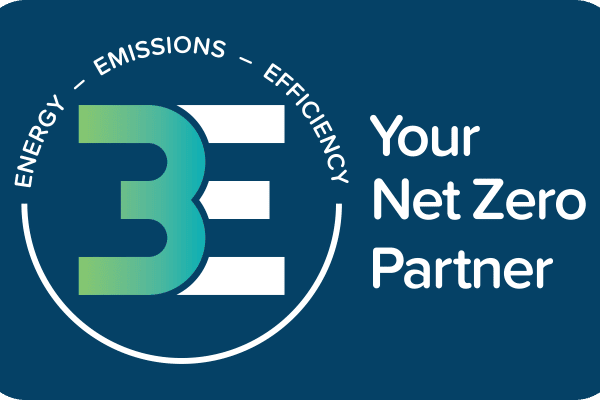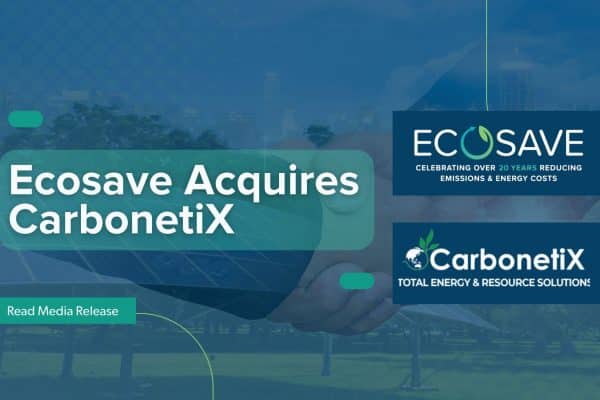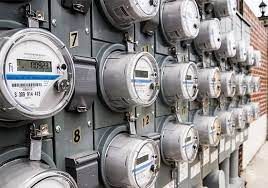We interviewed Arman Sarkisian, Ecosave Chief Operating Officer, and asked him about energy efficiency upgrades.
Arman brings over 16 years of experience, specialising in operational efficiency in building design, management, upgrades and ongoing performance optimisation. Arman has served clients from diverse industries including government, health, commercial, industrial, retail and education.
Given Arman’s extensive experience in the field of energy efficiency, sustainability and building performance optimisation, he shared his thoughts and advice on how commercial building owners can benefit from energy efficiency.
Below are two questions we asked Arman Sarkisian in an exclusive ‘Ask the Expert’ series – you can listen to the audio recording here
Q: What are the most common types of energy efficiency upgrades? (Read his response)
Q: Can you give us the not so common examples of energy efficiency upgrades.? (Read his response)
What are the most common types of energy efficiency upgrades?
Arman:
It will depend on the type of facility but in general, the way we usually visualise, what is coming or not, is where the energy is consumed the most. The common general characteristics across facilities:
- energy gets consumed in HVAC, which is heating, ventilation, air-conditioning,
- main building services,
- energy consumed in lighting, and
- energy consumed in general power.”
So, to address and reduce where energy is consumed the most, the most common energy efficiency upgrades would be lighting and optimisation of the main heating ventilation, air-conditioning plant, and its components.
It would be an improvement of the building’s envelope to reduce the plant’s consumption. The last resort, after you would have optimised all, would be basically to offset what is left by implementing solar PV. This, in general, is the most common, I would say, things you would do for most types of facilities, but they also vary.
For an industrial facility, your processes could be what consumes most. This is where we address some of the most common conservation measures.
Can you give us the not so common examples of energy efficiency upgrades?
Arman: With the word uncommon, I usually describe them because they could be specific to certain types of facilities or could be not very common in terms of how frequent they are called.
But in general, improvements to the plant and processes are kind of uncommon ECMs. Also, reflected heat paint. The reason I say uncommon, contrary to the misconception, it is something you would apply to every facility. You’ve got to have the right characteristics to make it work.
Power Factor Correction is labelled as an energy-saving measure, but it is not – it’s a cost-saving measure. It is common for certain facilities and common for other types of facilities. Laundry, ozone treatments specific to certain hospitality facilities, may not be common for other types of facilities and so forth.
There is also a wide range of examples when it comes to purpose-built equipment, like steam boilers in a hospital. It’s an easily neglected item by standard auditors in the industry who don’t focus on it, but when you look in a facility, say in a hospital environment, looking at lighting, looking at solar, it is very common – sometimes considered as a low hanging fruit.
You have to dig deeper. You have to look at the sterilisation processes, the steam generation behind them, which may not be commonly done in the industry, but there are ways of saving energy in that aspect.
There are also building management systems upgrades. A common thing is to optimise building management systems. The uncommon or misconception is actually to upgrade it and sometimes pushing the boundary of a control system that’s been there for five, ten years may not be very fruitful, and it could be also a good idea to just upgrade it and focus on what you’re trying to achieve.
The Importance of Investing in Energy Efficiency Upgrades
Investing in energy efficiency should be prioritised by businesses. It has its risks, just like most investments, but working with an Energy Services Company (ESCO) like Ecosave, minimises these risks and guarantees future savings.
Talk to Ecosave’s experts to learn more about our energy efficiency projects. Call us at 1300 55 77 64 or book a free appointment with us today!





